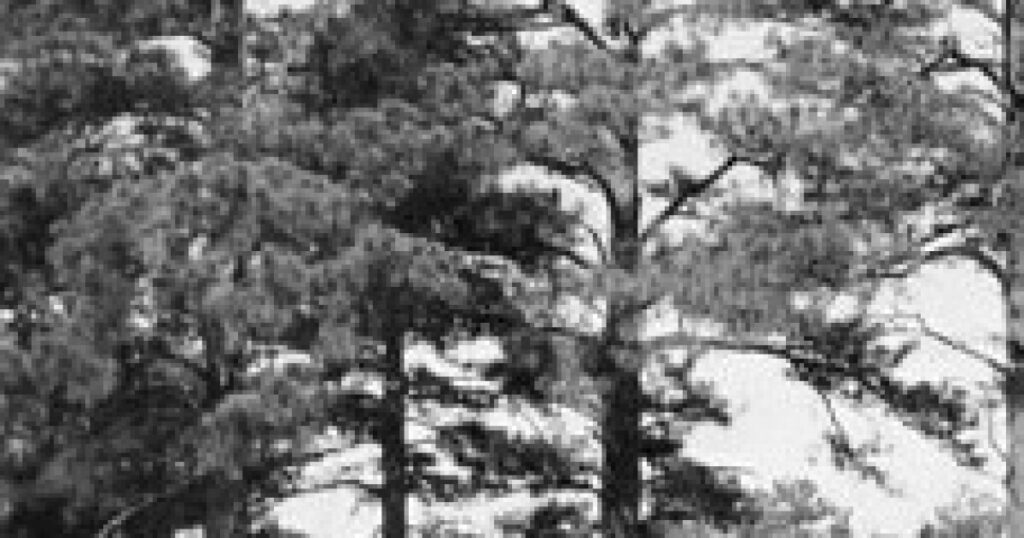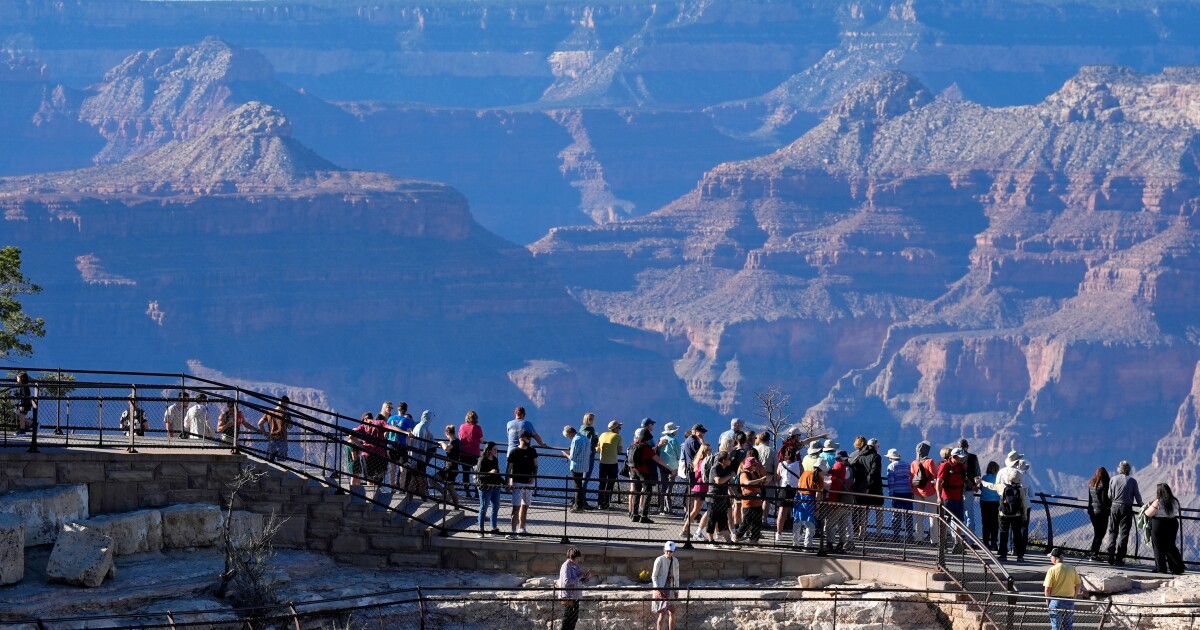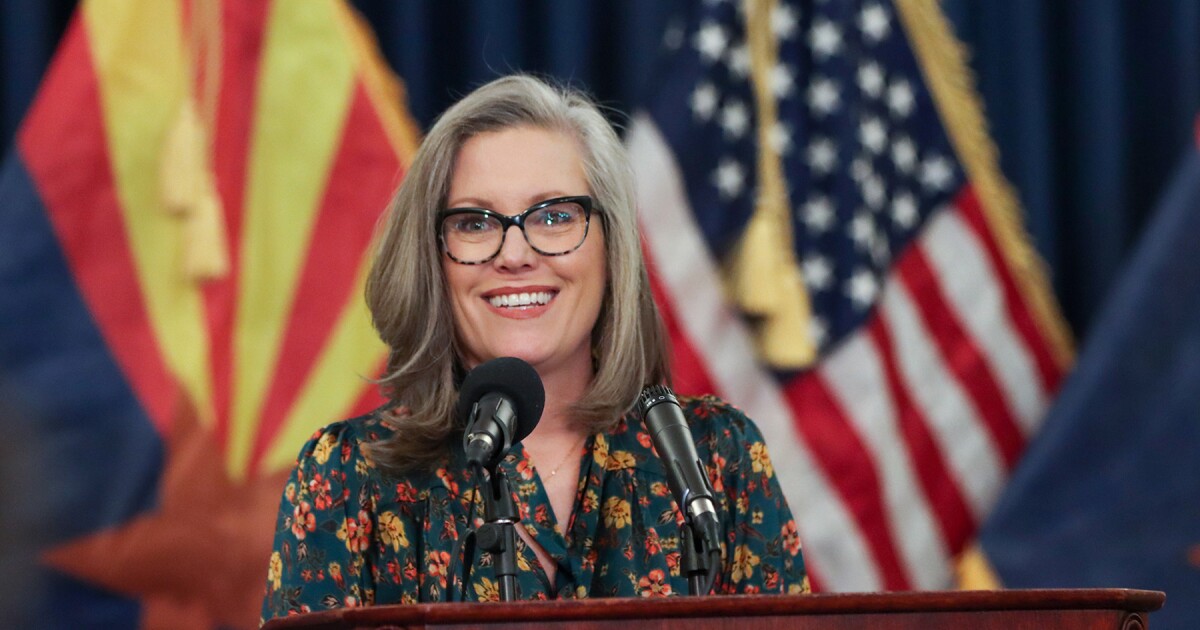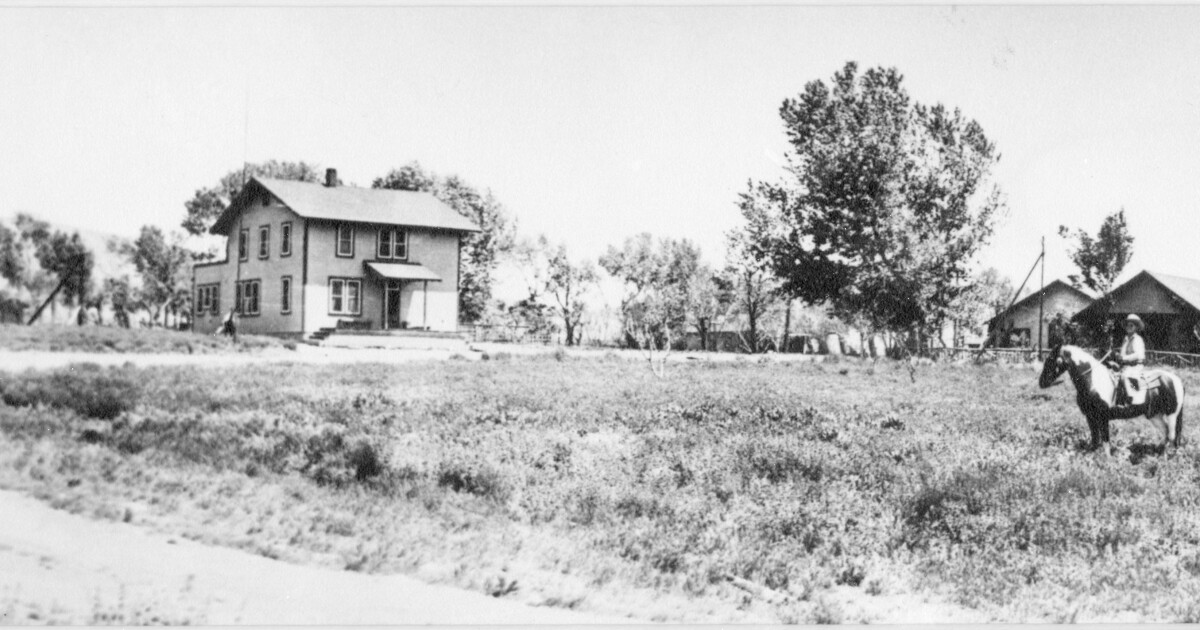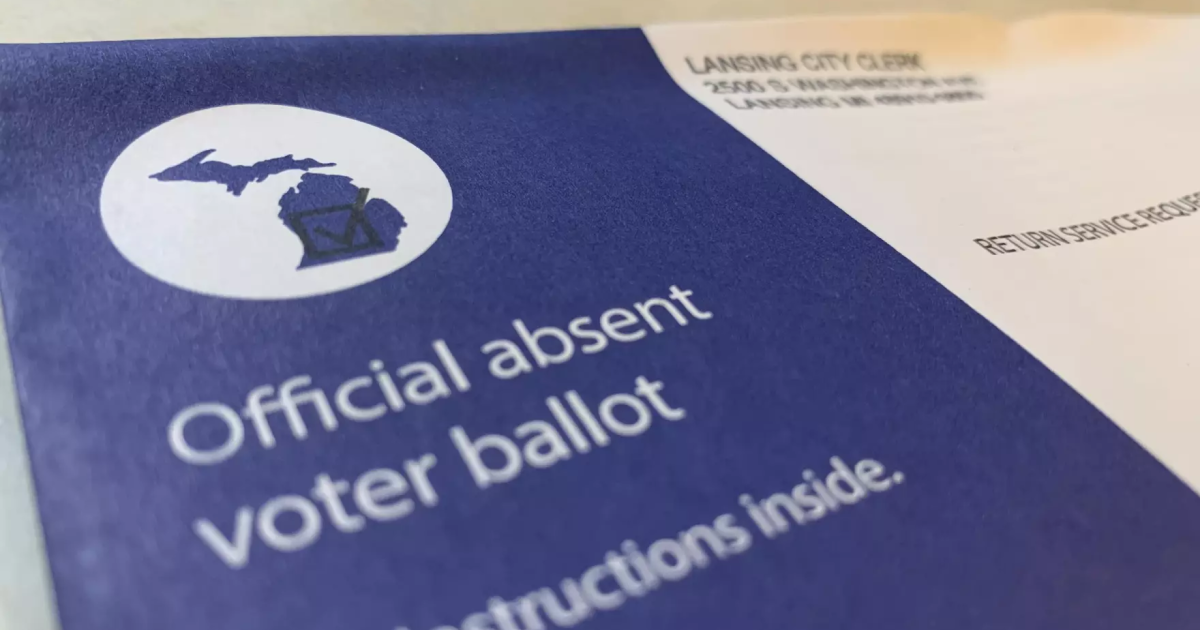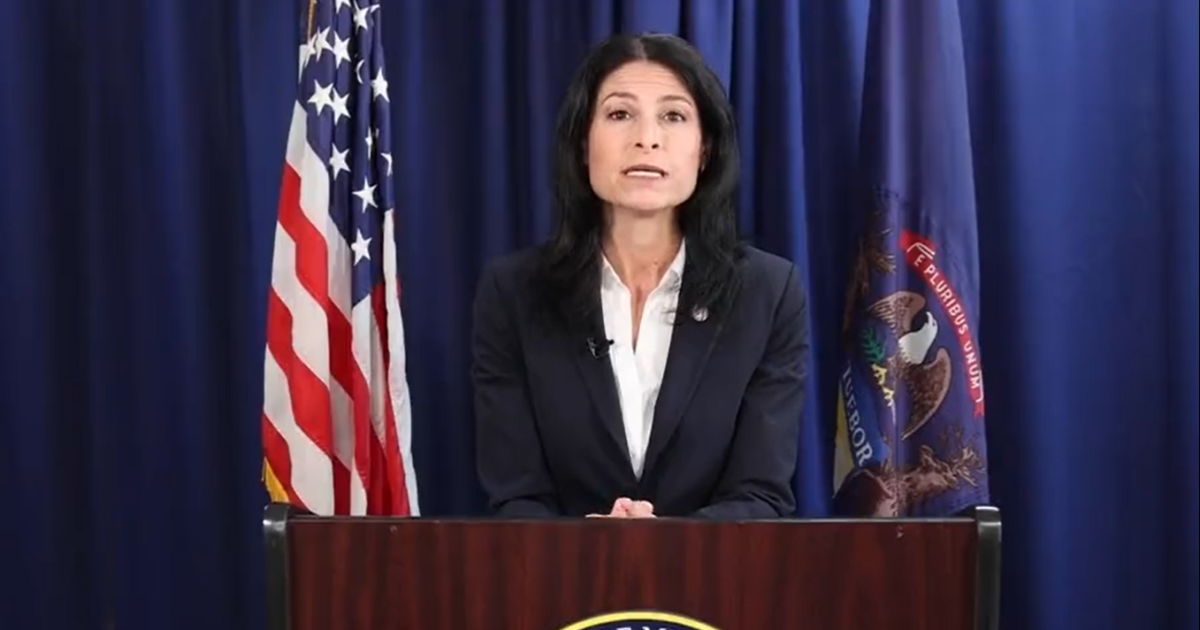Exploring the Legacy of Arizona’s Historic Fire Lookout Trees
In the early 1900s, Arizona’s vast forests lacked the modern fire lookout towers we see today. Instead, early firefighters relied on the natural landscape to spot potential fires, using towering ponderosa pines strategically positioned near mountain tops as makeshift lookout points.
These resourceful fire spotters equipped the tall trees with handmade steel spikes, or lags, which served as footholds for climbing. They navigated forest trails on horseback to reach these trees, where they perched for hours, vigilantly watching for signs of smoke. Upon spotting a fire, the spotters would quickly descend and travel to the nearest town or telegraph office to alert volunteers.
To aid in accurately locating fires, many of these trees were outfitted with map boards at their summits. One notable example was the “Overgaard Tree,” a magnificent giant on the Mogollon Rim, which stood as a sentinel until the Rodeo-Chedisky Fire claimed it in 2002.
The transformation of fire lookout methods came in the 1930s with the Civilian Conservation Corps, which began constructing dedicated fire towers. These modern structures were often erected near the old lagged trees, marking a new era in fire detection.
For the past two decades, Christine Haese and her husband Paul have been on a quest to find these historic trees scattered throughout local forests. Their efforts, along with those of other enthusiasts, have uncovered several lagged lookouts still standing, some with original map boards intact.
These remarkable trees, enduring until they fall to fire or old age, continue to captivate hikers, photographers, and natural history enthusiasts. They remain as living monuments, preserving stories within their weathered, scarred bark.
This Earth Note was written by Diane Hope and produced by KNAU and the Sustainable Communities Program at Northern Arizona University. It originally aired on August 1, 2018.
—
Read More Arizona News

